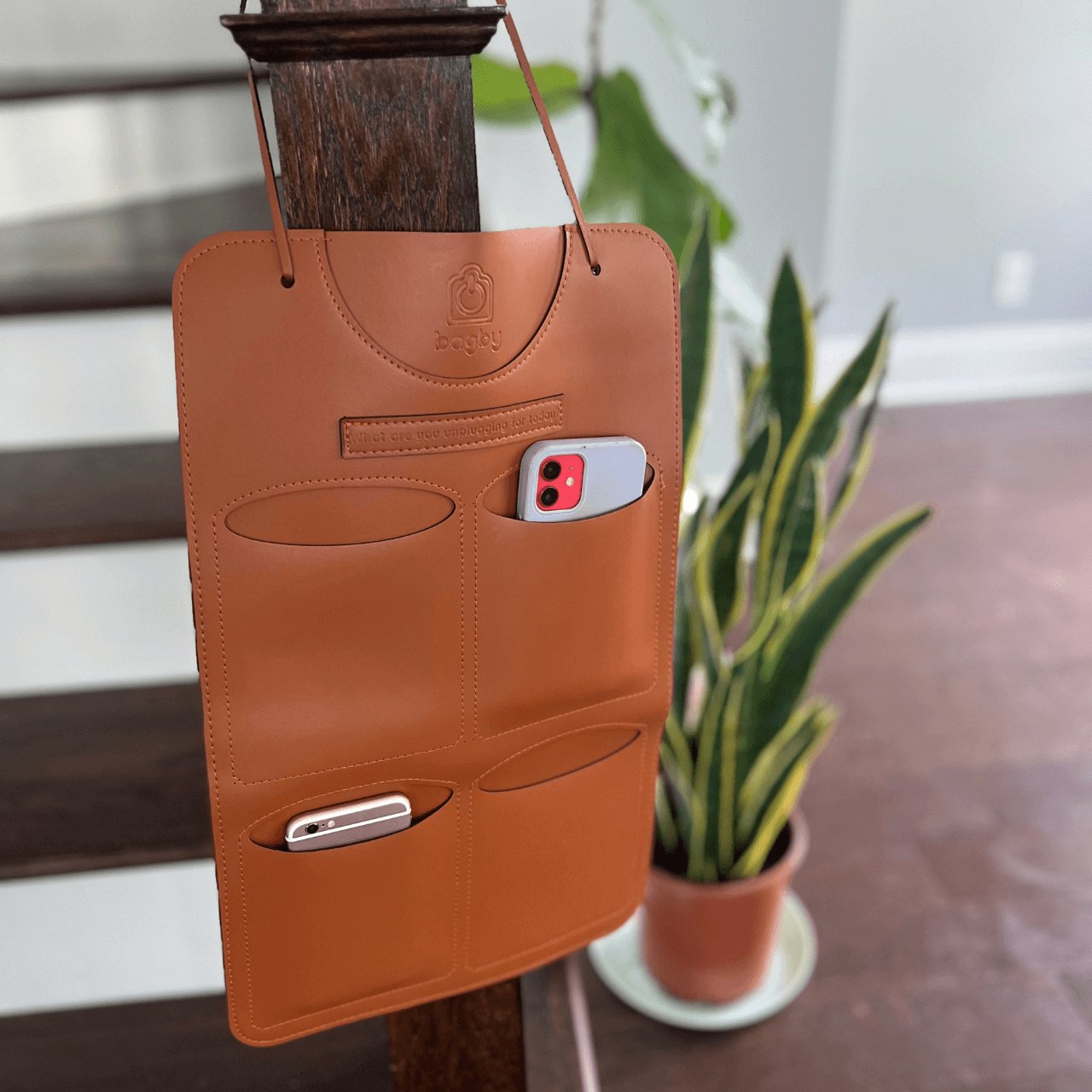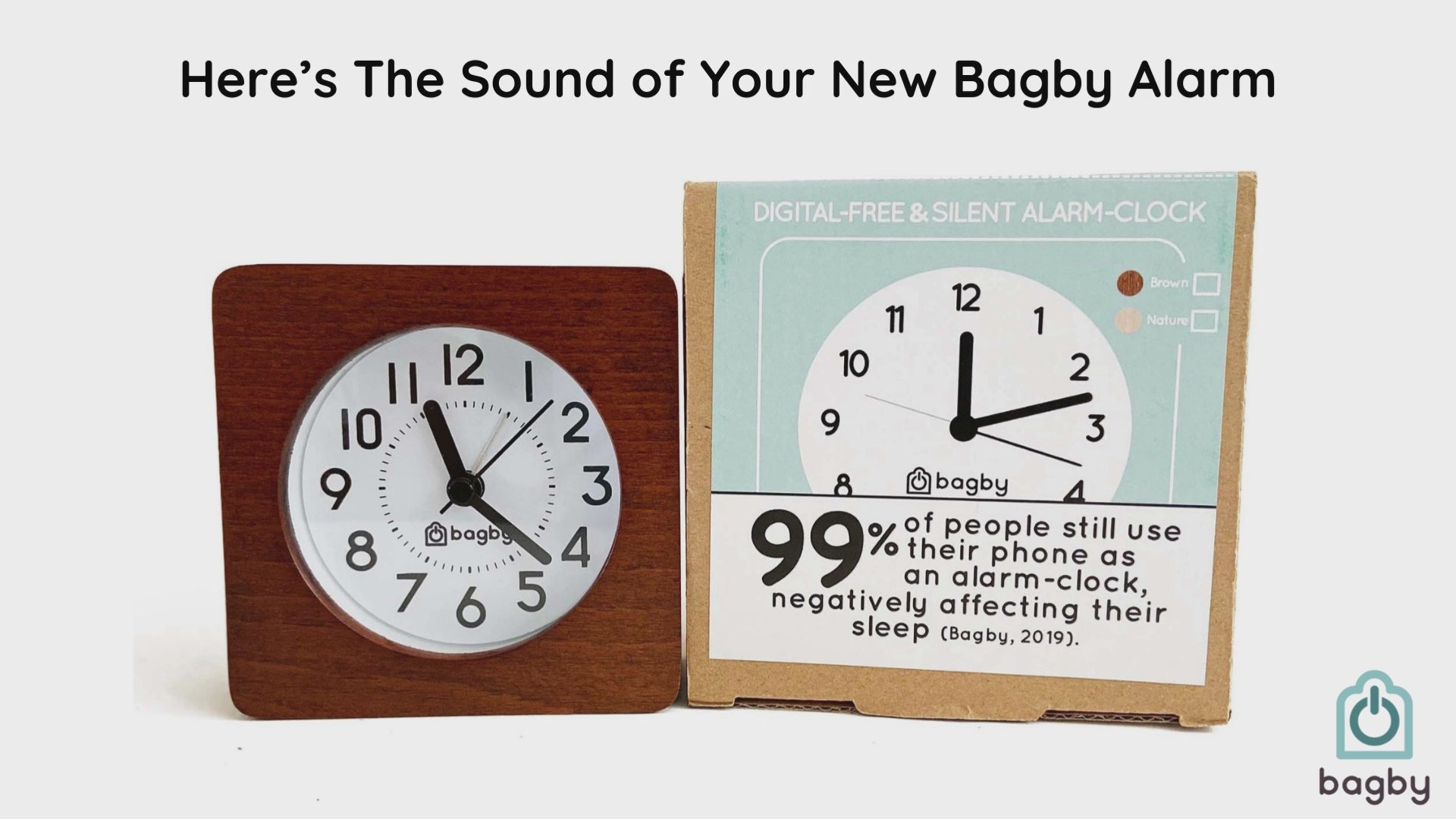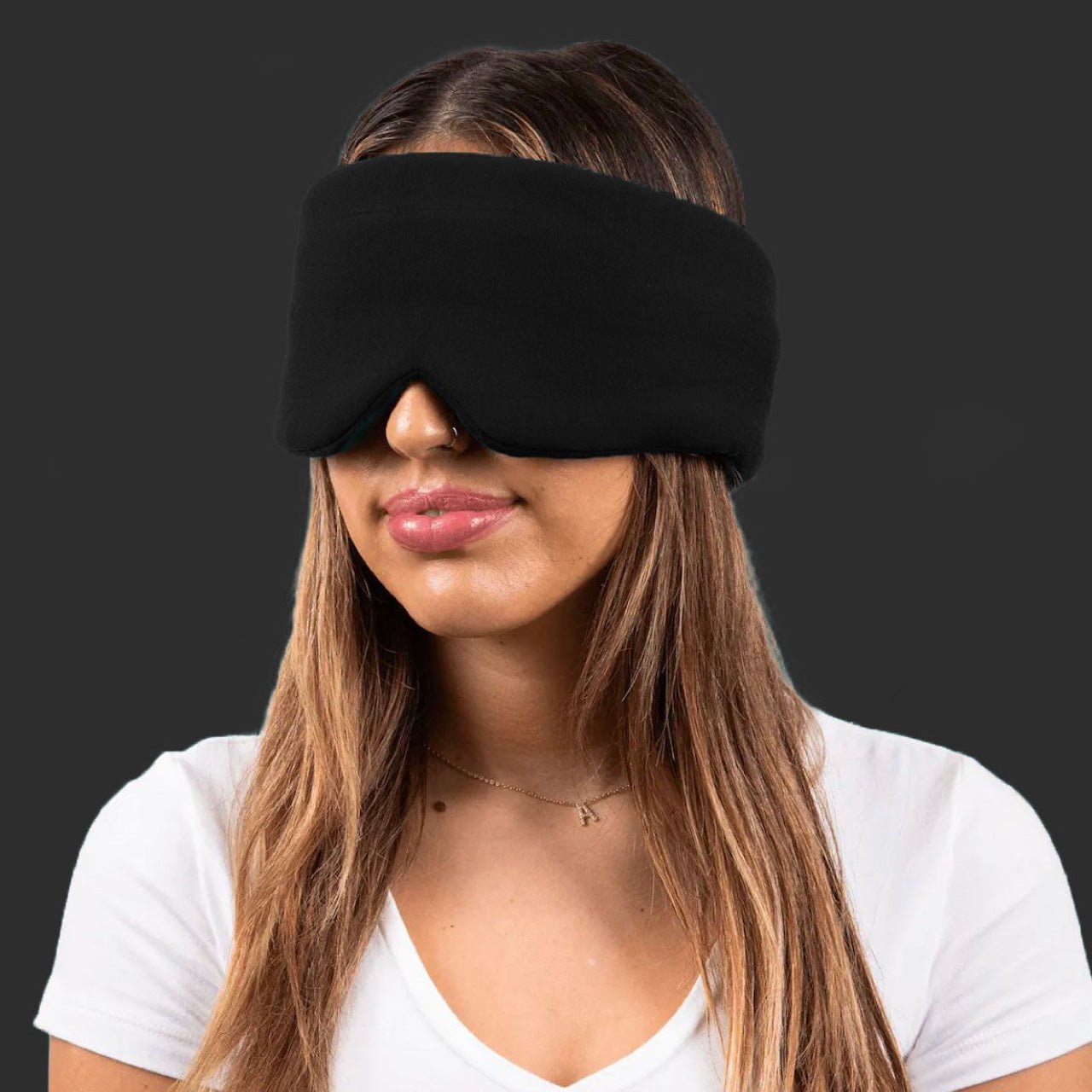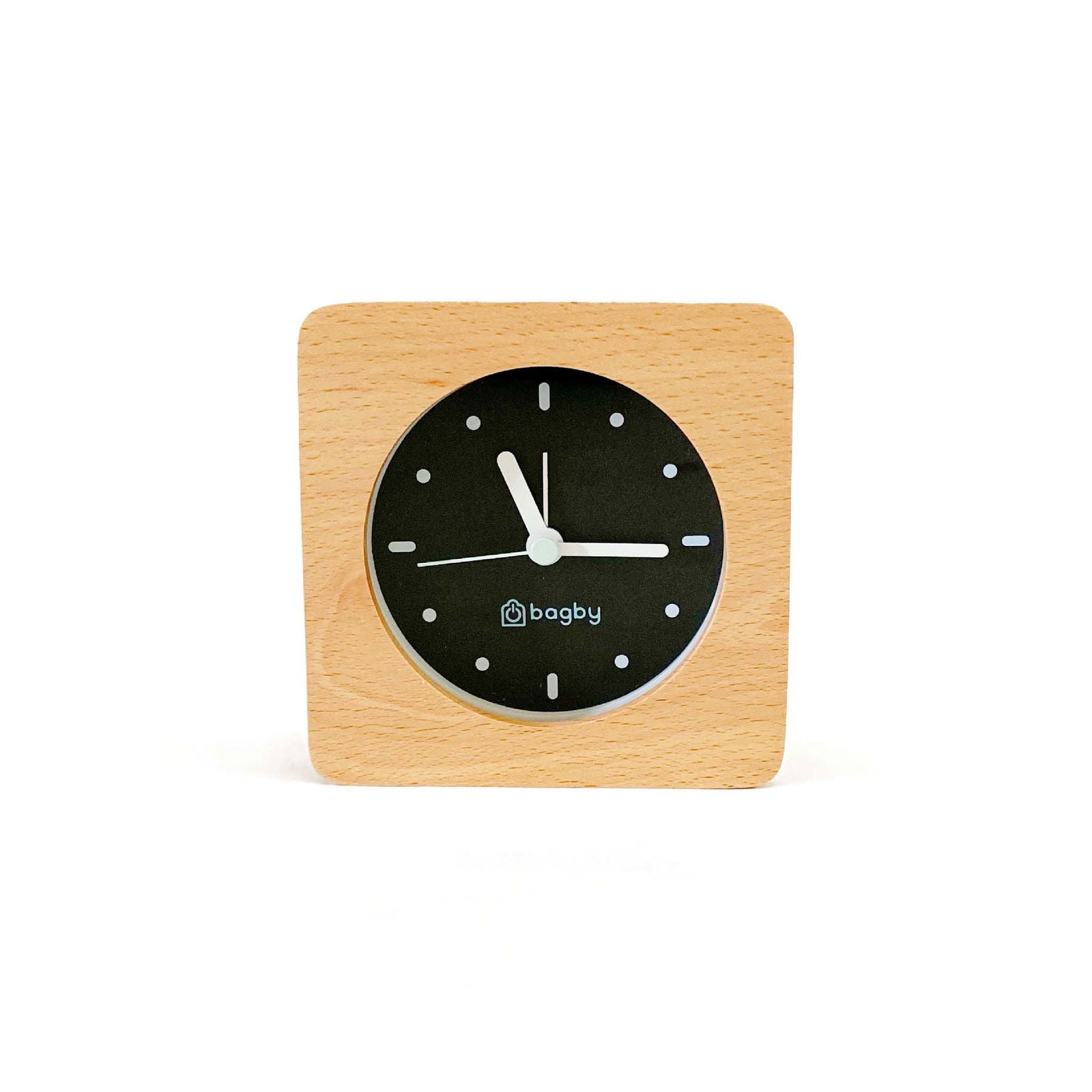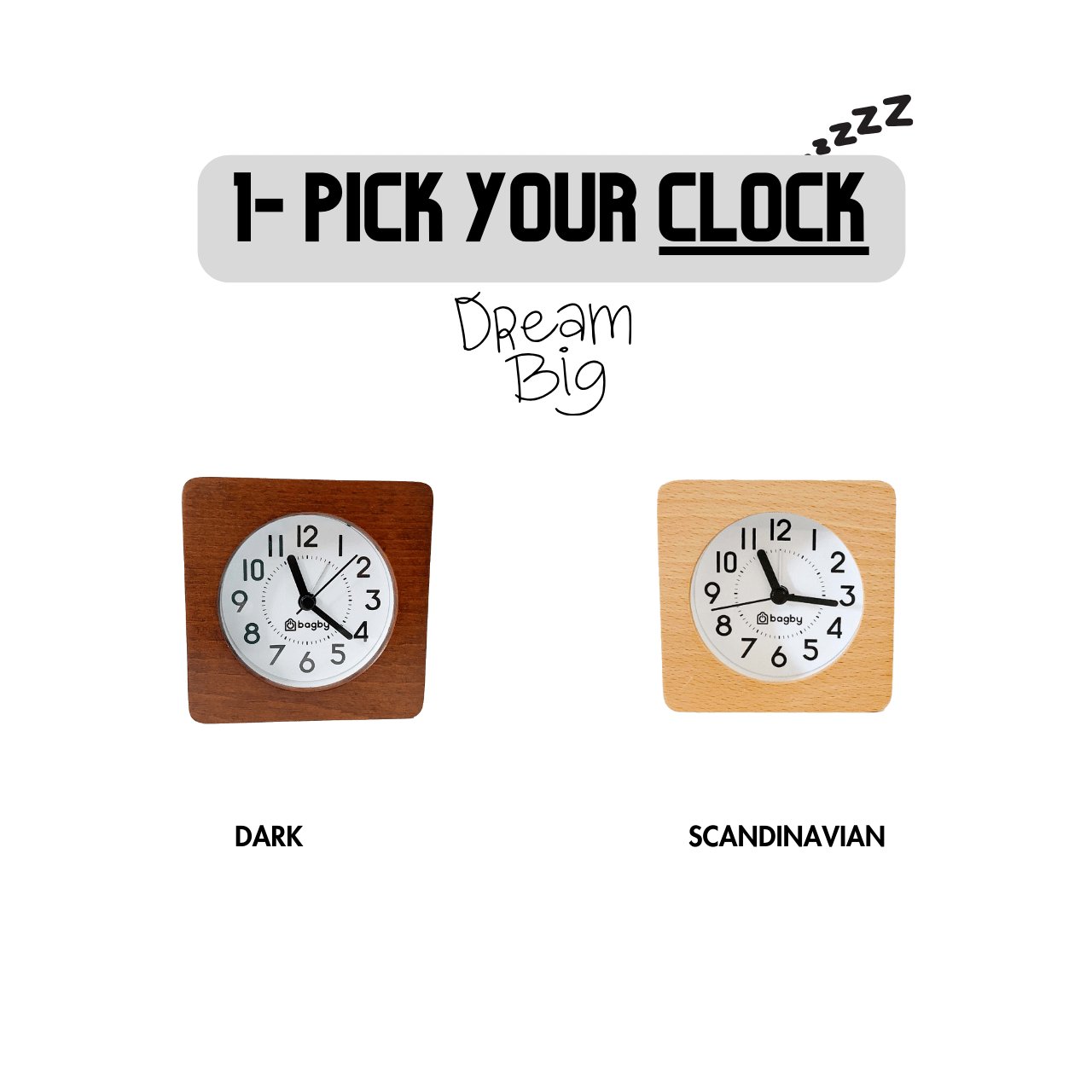Classrooms in today’s schools see on a daily basis, students with some type of smartphone in their hands walking into a classroom to not necessarily learn, but to pretend they’re listening to the teacher as they scroll through their phones, also known as “Phubbing”.
“Phubbing” is defined as snubbing someone’s time and conversation with you by looking at your phone as they speak to you. This unfortunate scenario is becoming more and more common in schools and teachers are struggling to combat this issue.
A joint study on the effects of phubbing was conducted by the Departments of Psychology at the TMC Academy in Singapore and USCI University in Kuala Lumpur, where quantitative data was found showing detrimental effects to adolescents in connection to their phones and disconnection with social situations.
Research never lies and numbers looks sadly shocking:
- Students check their phones in the classroom an average of more than 11 times a day, spending up to 20% of their in-class time texting, emailing, and checking social media (Oxford Learning, 2019)
- Top technology leaders like Steve Jobs or Bill Gates among other confirmed they've restricted or limited their children's screen time (New York Times, 2017)
- Smartphones are causing ADHD-Like symptoms in adults (2016, Silence your phones: University of British of Columbia).
- Smartphones have been banned in French schools — and more than half of British parents want the same here (The Sun, 2018).
- Current researches have estimated that 100% of university students have their own mobile phones and all of them bring their devices to the courses.
So what are teachers doing to help their students disconnect from their phones, stop phubbing, and connect to what they are learning in class?
One side of this issue argues that students should be free to use their phones in class at their own detriment. The other side argues that the kids think they know what they need but not what they may actually need.
There are many solutions that teachers are trying out with little or no success. Most of the time these are not suitable, too complicated to implement or they add an additional layer of technology (E.g. An app) that doesn't truly address the real problem.

In France, a new law has been created to ban cell phones from the classroom for students age 15 and younger, in concern for students becoming too dependent on their phones and not learning or paying attention in class.
In China, smartphone addiction got out of hands and teachers are forcing students to put their mobiles in giant classroom phone holders before lessons.
 Confiscated: Pupils are now phoneless in class at Luoyang Institute as they must deposit mobiles in these holders.
Confiscated: Pupils are now phoneless in class at Luoyang Institute as they must deposit mobiles in these holders.
Something this drastic may not be necessary, but doing something to stop students from phubbing is a pressing issue that needs to be dealt with. A college preparatory school in Boston, Massachusetts has found a solution that meets everyone in the middle when it comes to disconnecting students from their phones.
As students walk into the school, they are greeted by administrators and teachers who take their phones, place them into pouches that are snapped closed, and then are handed back to the students. Although students have come back with mixed reviews of this new system, overall teachers are finding that this solution is starting to change student’s habits in the classroom.
In a San Mateo, California high school, a similar program is currently being tested with students, where students place their phones in pouches that are sealed by a magnet that can only be de-magnetized by a base that teachers have to make sure students don’t try to break into their pouches. According to the assistant principal of this school, students in the pilot program felt more engaged and were performing better in school.
"Our goal is to create a trust and self-control based culture among students where the more they learn about the topic, the more they engage with alternative and digital-free solutions. This is the reason why we share with teachers 3 free digital wellness resources (Digital Wellness collaborative report, a phone lock screen (4 designs) for students.


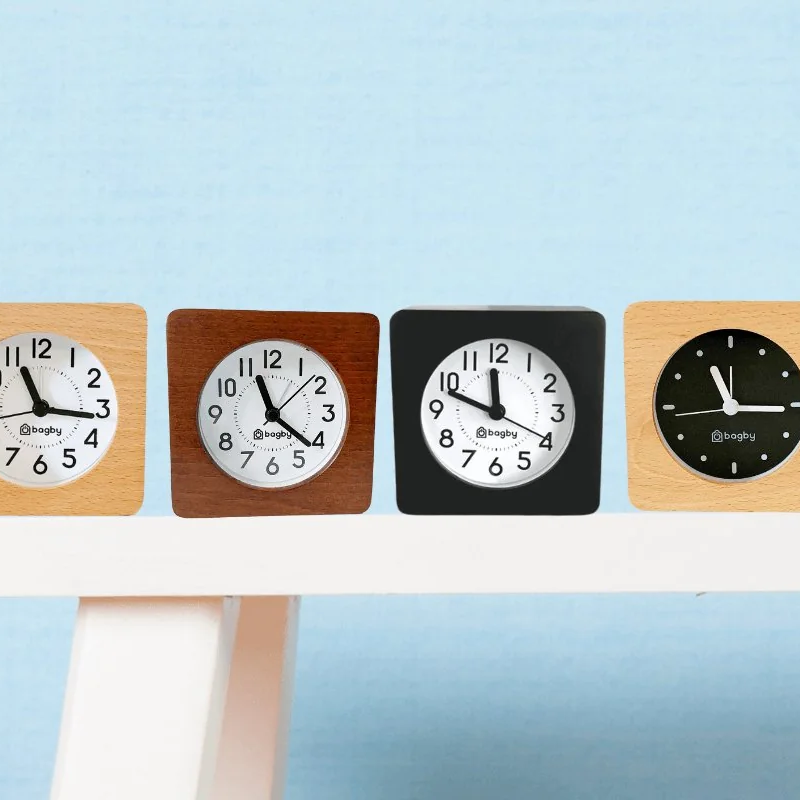

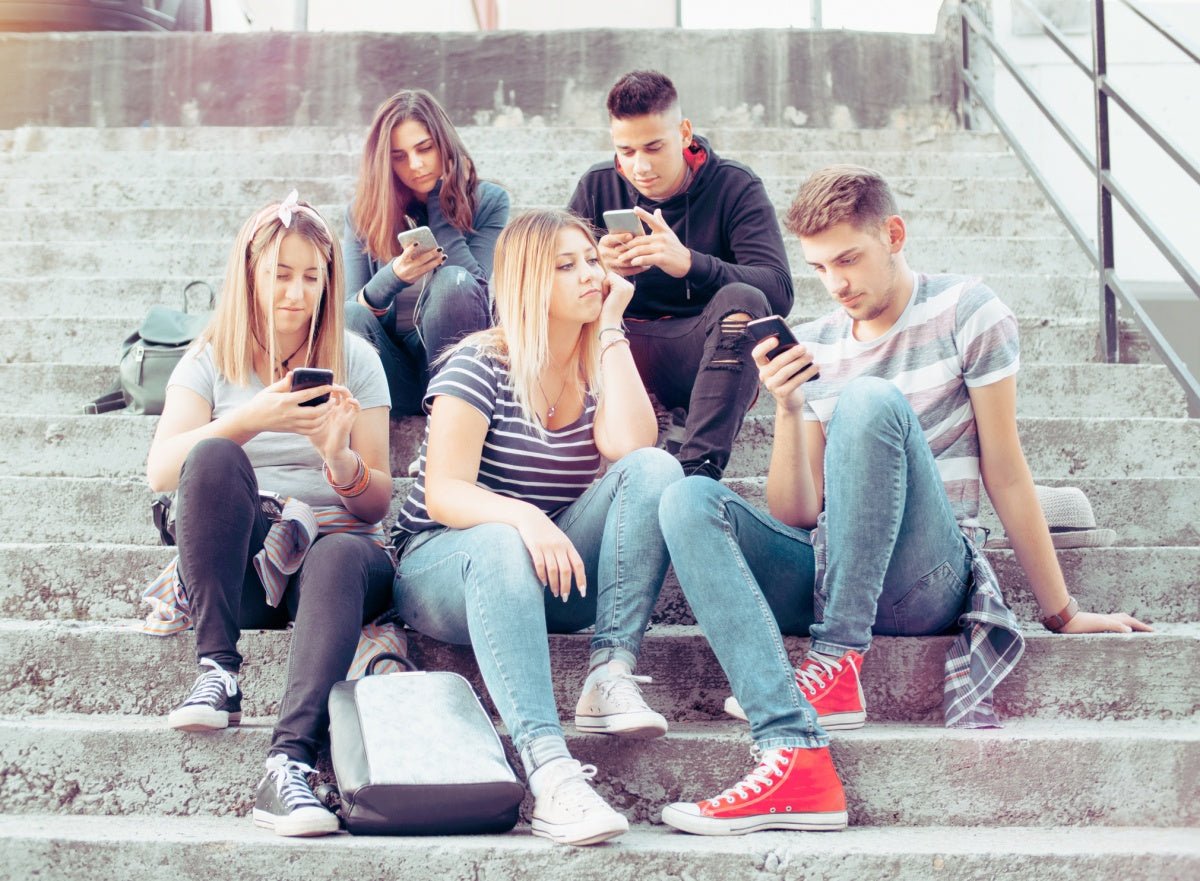
 Confiscated: Pupils are now phoneless in class at Luoyang Institute as they must deposit mobiles in these holders.
Confiscated: Pupils are now phoneless in class at Luoyang Institute as they must deposit mobiles in these holders.


